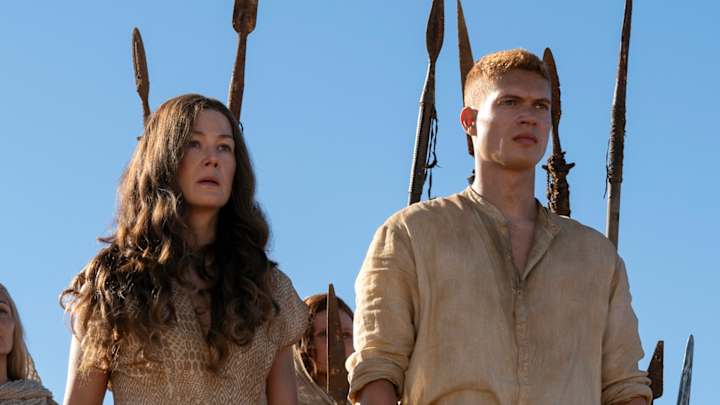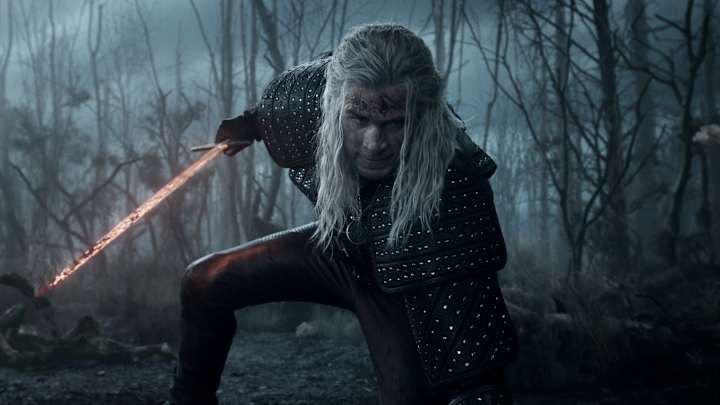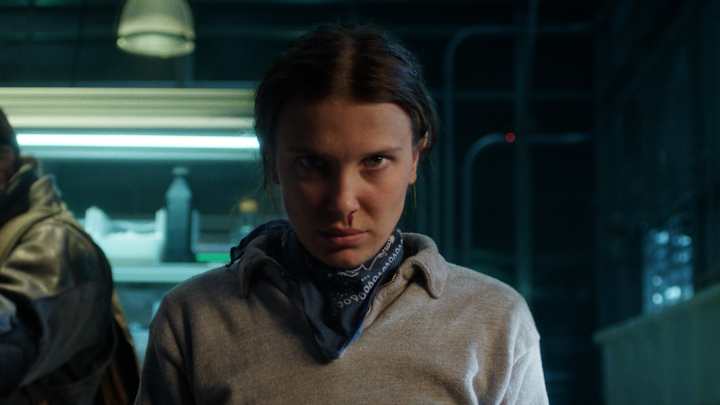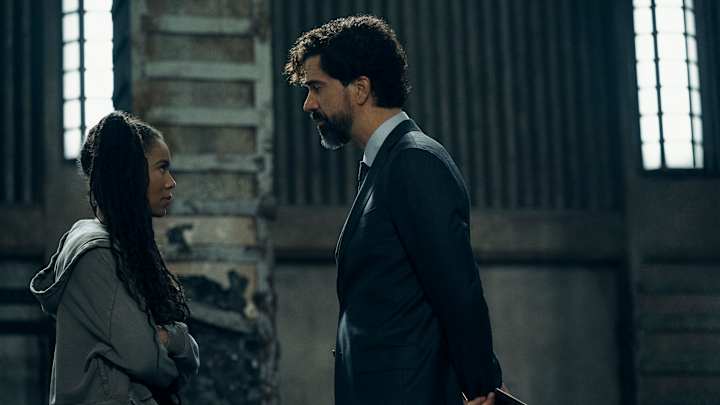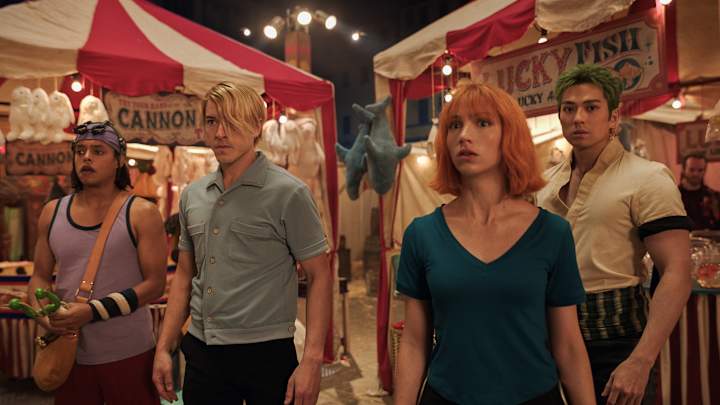The cancellation of The Wheel of Time series by Prime Video shocked fans worldwide, especially following the impressive growth shown throughout its third season. The live-action adaptation had its rocky beginnings but eventually blossomed into a high-quality fantasy series that truly honored Robert Jordan’s beloved novels. Yet, the unexpected financial decision to end the live-action run raises an important question: Should The Wheel of Time have been adapted as an animated series instead?
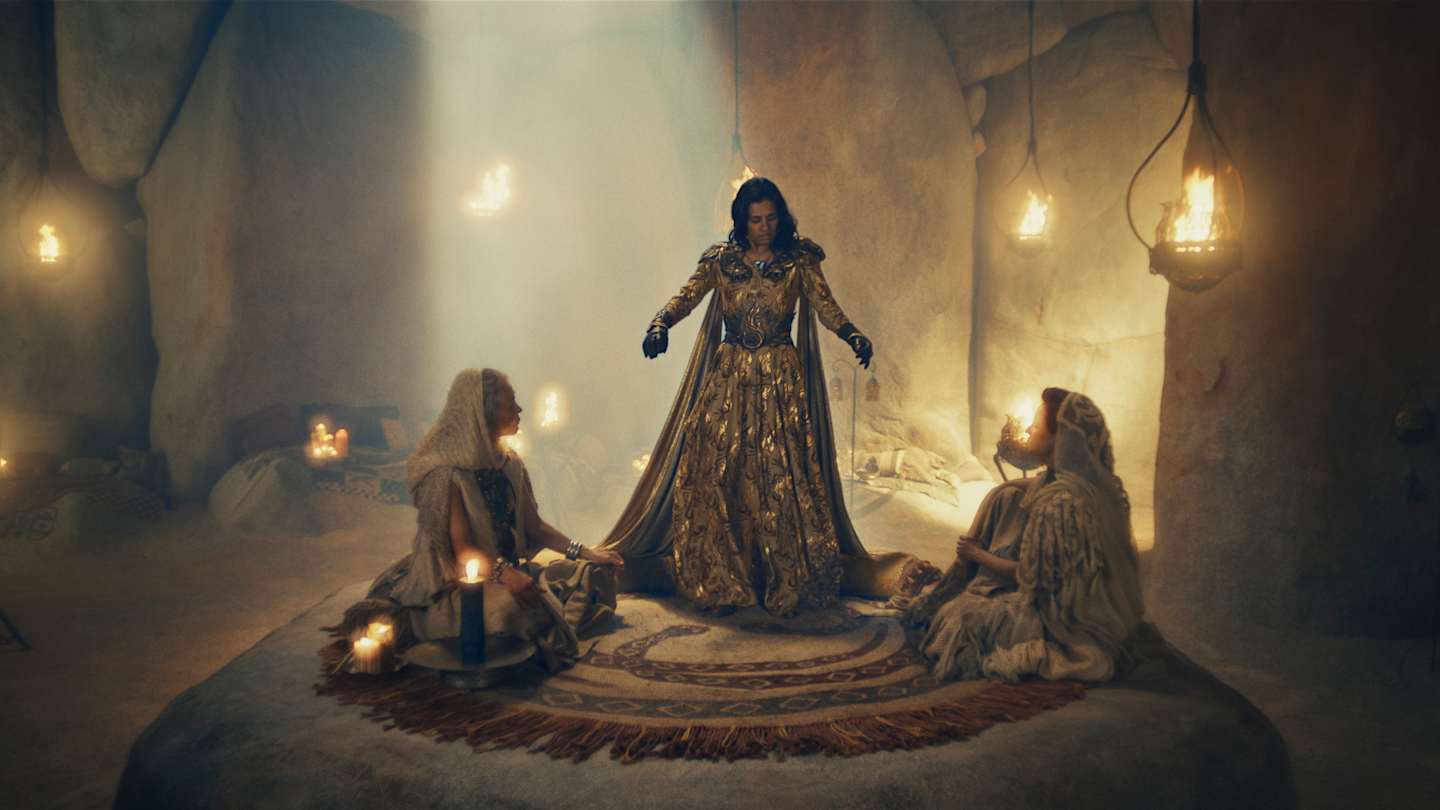
The Evolution and Reception of The Wheel of Time Live-Action Series
The journey of The Wheel of Time live-action series began with a mixed reception during Season 1. Many viewers noted pacing issues and adaptation challenges, but the show steadily improved in Seasons 2 and 3, both in storytelling and production quality. Season 3 in particular received critical acclaim and higher fan ratings, with standout episodes drawing comparisons to other major fantasy giants.
Despite these successes, Prime Video cited financial considerations as the primary reason for cancellation, leaving fans hopeful but uncertain about the series’ future.
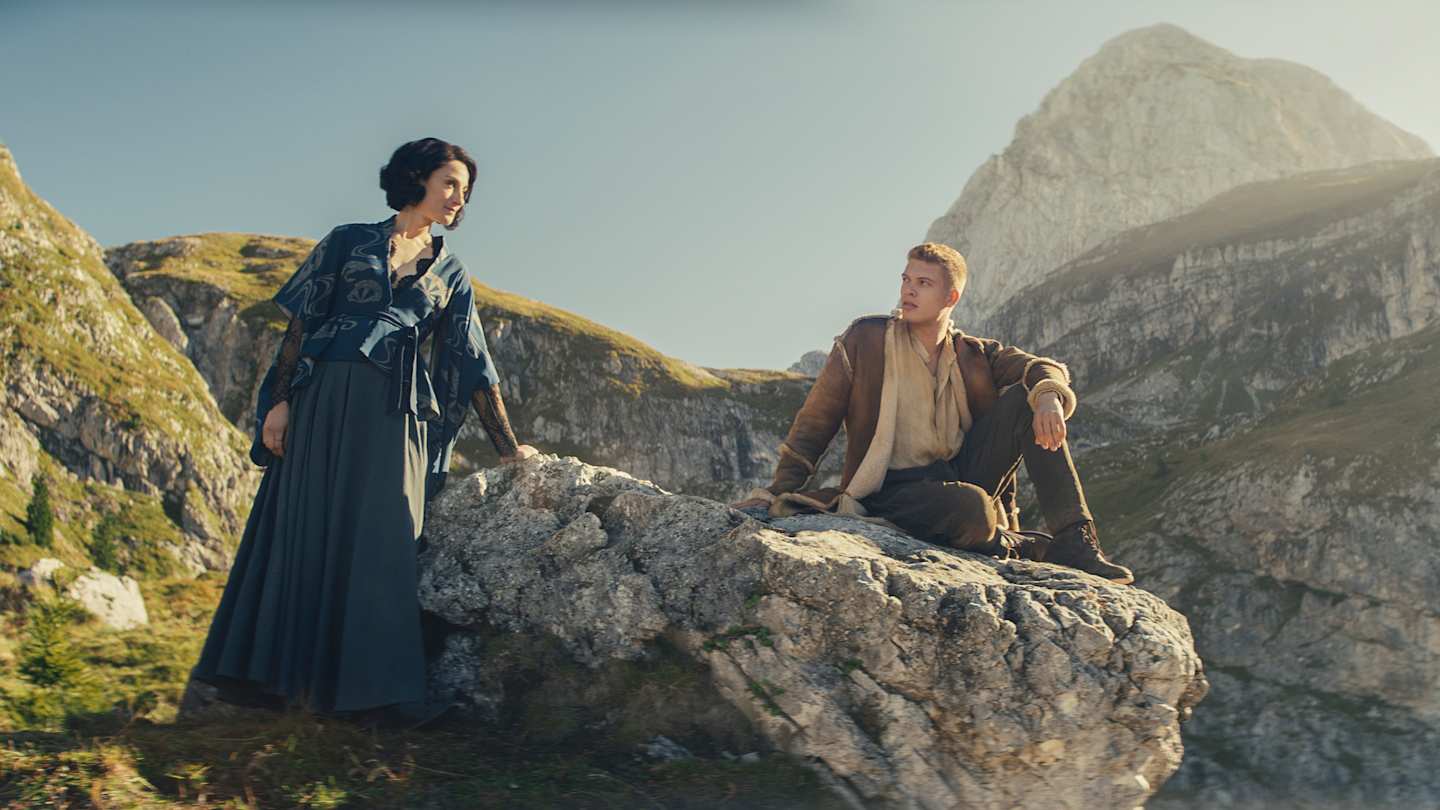
Strengths of the Live-Action Adaptation
- Strong Ensemble Cast Performances: With talented actors like Rosamund Pike, Caera Coveney, and Donal Finn leading the charge, the characters were brought to life with emotional depth and nuance.
- High Production Values: The series showcased impressive set designs, quality CGI, and authentic on-location filming, enhancing the immersive fantasy experience.
- Emotional Depth and Character Portrayal: The series successfully translated complex character arcs and interpersonal dynamics, elevating it beyond typical fantasy fare.
- Comparison to Pre-Game of Thrones Fantasy Productions: It stood as a competitive, modern example of fantasy television’s potential.
Challenges Presented by The Wheel of Time Novels for Live-Action
Complexity and Scale of the Story
The original novels comprise a sprawling narrative with dozens of points of view and nearly 3,000 named characters. Spanning fourteen novels, the story unfolds across multiple lands, nations, and even different worlds, all intertwined with a complex magic system involving five elements, gendered magic forces, and the pervading influence of the Dark One.
High Cost and Difficulty of Visual Effects
Depicting complex magic realistically through CGI requires massive resources and budget, unlike some other fantasy series that rely more on minimal or practical effects. This high cost may have driven Prime Video’s financial concerns. Animation, by contrast, offers potential cost savings and greater creative freedom to portray magical sequences vividly.
Extensive and Varied Locations
Each novel and season features numerous diverse locations, requiring multiple elaborate sets and varied on-location shoots. The protagonist Rand’s ability to “Travel” complicates logistics further. Animation provides an advantage here, as it can efficiently depict a variety of settings without the high expense of physical production.
Large-Scale Battles and Action Scenes
Later novels ramp up the scale of battles tremendously—such as the 300,000 soldiers featured in The Fires of Heaven. However, industry trends often shy away from using large numbers of extras due to cost and complexity. Live-action adaptations face limitations that animation can overcome, as seen in animated epics like Mulan. Animation is well-suited to portray massive and complex action sequences that live-action production challenges struggle to achieve.
Longevity and Adaptation Scope Challenges
- The fourteen-novel length makes it highly impractical to adapt everything into live-action fully.
- Long-term actor contracts and natural aging complicate multi-season live-action series continuity.
- Animation allows for easier replacement of animators and voice actors without disruption.
- Comparisons to other long-running series highlight the flexibility animation offers, especially versus procedural drama formats.
Why Animation Could Have Been the Ideal Medium
- Animation can fully realize complex magic and large-scale battles visually and economically.
- It handles multiple locations and fantastical elements with greater ease and efficiency.
- Animation offers more flexibility in casting and production timelines, benefiting long-term storytelling.
- Maintains consistent, high-quality storytelling potential across many seasons without the physical limitations of live-action.
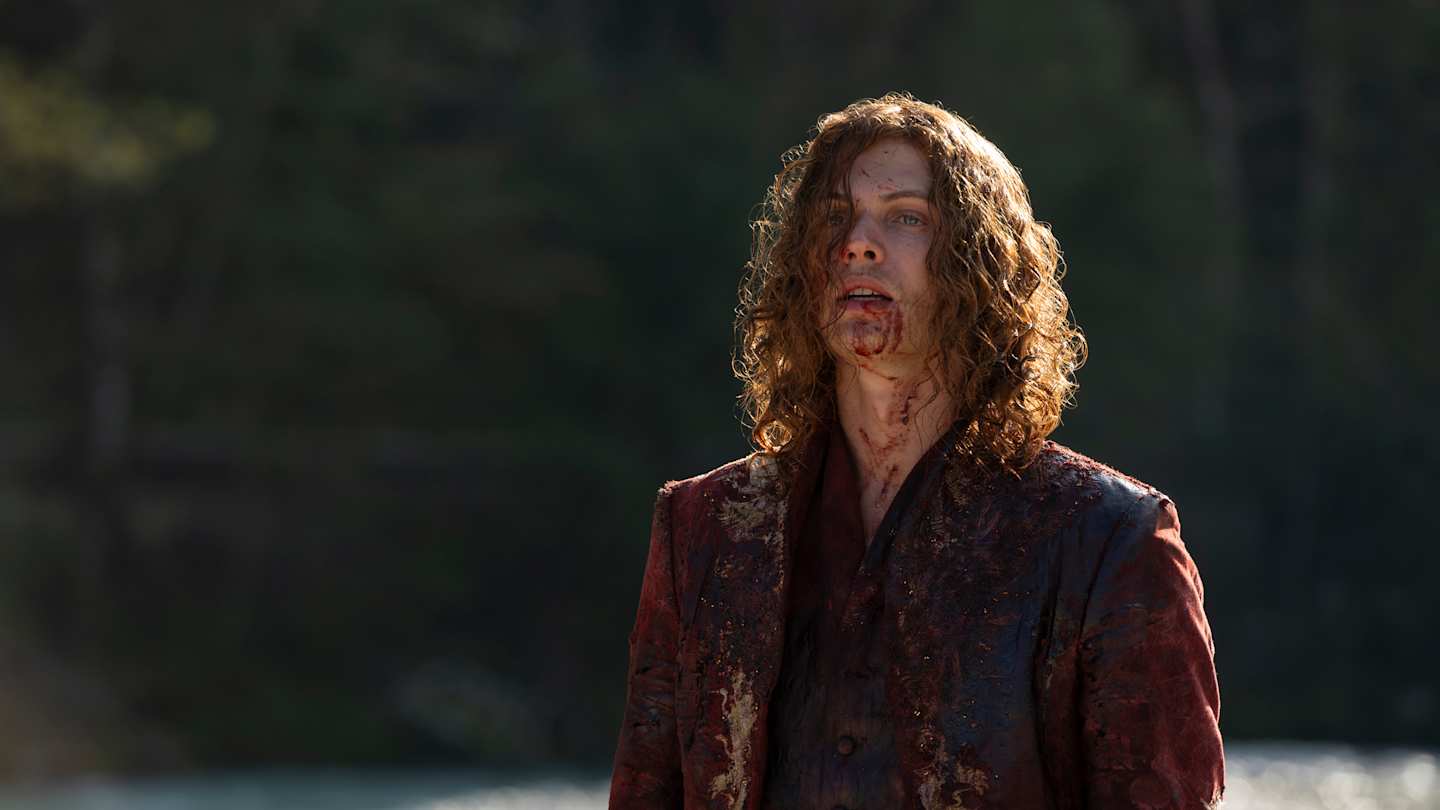
Conclusion
The cancellation of The Wheel of Time is a tough loss for the cast, crew, and passionate fans who have supported the series. Reflecting on the strengths and challenges of the live-action adaptation, it is worth considering whether Amazon and the creative team might explore rebooting The Wheel of Time as an animated series. Animation may unlock new creative possibilities and ensure the epic fantasy’s rich storytelling continues for years to come.
Fans and rights holders alike should advocate for and explore new directions in adapting this beloved saga.
Additional Resources and Fan Engagement
For ongoing updates on fantasy and sci-fi entertainment, be sure to follow trusted platforms and communities on Facebook, Twitter, newsletters, and YouTube. Stay connected with fellow Wheel of Time fans and support community efforts to keep the spirit of the series alive.
Stream the series, join the conversation, and explore more engaging content right here on Cobble hill blog!

